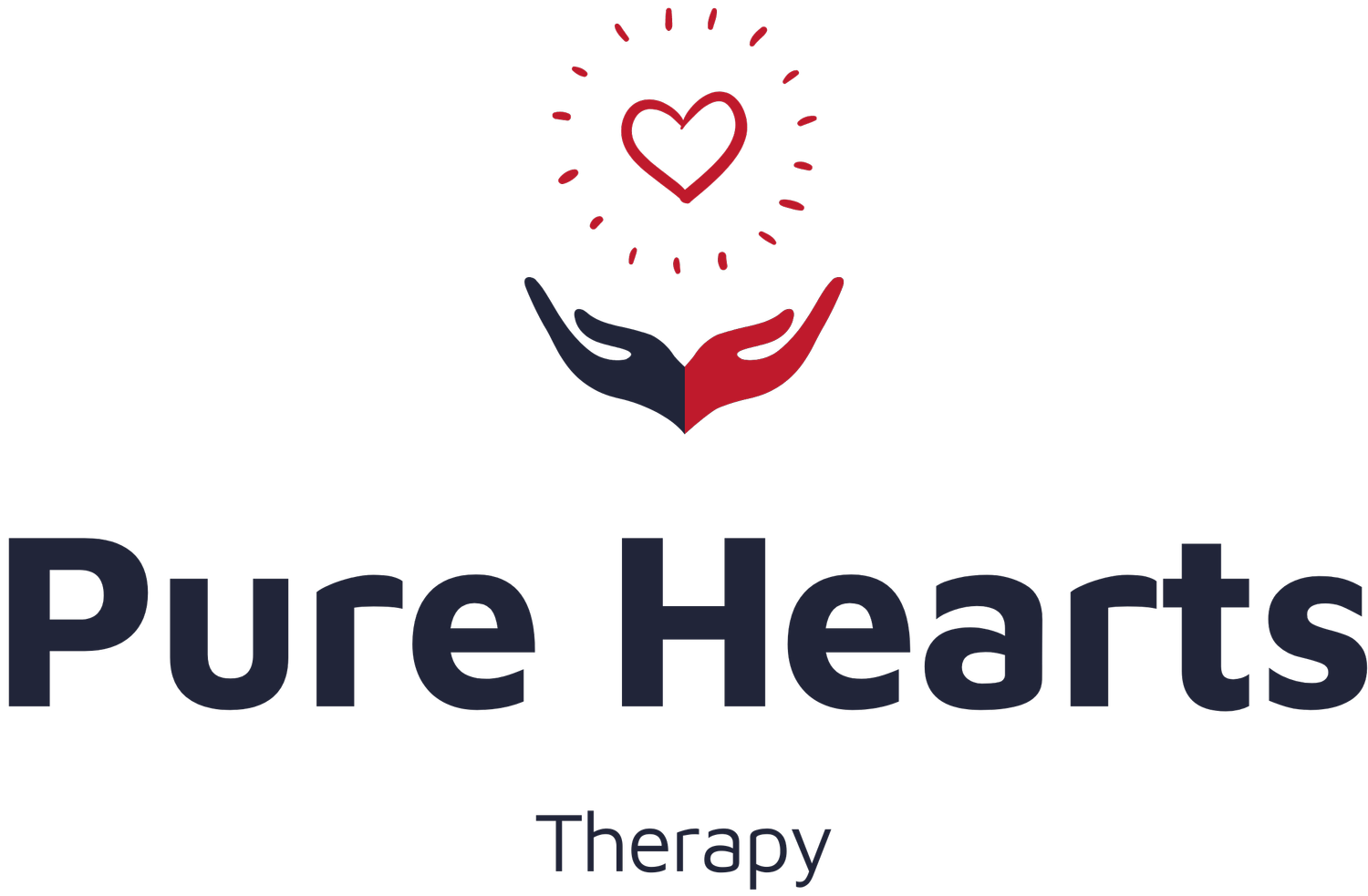Building a Circle of Friends: Creating Inclusive Spaces for Neurodiverse Learners
What if the key to unlocking a child’s potential wasn’t just in therapy or education, but in something as simple—and powerful—as friendship? In a recent episode of the Autism Family Resource Podcast, Gail Ewell, Executive Director of Hope Technology School, shared insights on how inclusive environments and strong social connections can transform the experiences of neurodiverse learners.
Gail Ewell is a trailblazer in special needs education who has dedicated her career to empowering students with diverse abilities. As the executive director of the fully inclusive Hope Technology School in Palo Alto, California, her approach is not just about meeting educational needs—it's about creating inclusive environments, personalizing education for each child, and fostering independence in ways that break barriers and set new standards.
In her recent op-ed, Gail asserts that “our kids spend between 6-8 hours at school every weekday during the school year. Their classrooms are one of the most important sources of social, emotional, and intellectual support they have. Yet so many neurodiverse children and their parents continue to struggle, largely alone.”
FRIENDSHIPS MATTER
Friendships are more than just social bonds—they're a foundation for confidence, emotional well-being, and resilience. According to Gail, a strong circle of friends can significantly reduce the risk of bullying and help neurodiverse children navigate social situations with greater ease.
"Having a strong circle of friends can significantly reduce the incidence and impact of bullying," she explains. "Friends provide social and emotional support, helping to build confidence and a sense of belonging."
To foster these relationships, she advocates for buddy systems, mentorship programs, and inclusive activities in schools and communities—structured opportunities that help friendships form naturally.
BUILDING INCLUSIVE ENVIRONMENTS
Creating a world where neurodiverse learners thrive starts with the environments we shape—at school, in the community, and at home. Gail offers practical strategies for making each of these spaces more inclusive:
At School: Encourage participation in group activities, sports, and clubs. Create sensory-friendly spaces where socialization feels safe and accessible. Implement buddy systems and mentorship programs to foster peer connections.
In the Community: Partner with local organizations to create inclusive events. Support businesses and groups that prioritize accessibility and participation for all.
At Home: Provide spaces that encourage social interaction and make room for inclusive play. Seek out opportunities for your child to engage in mainstream activities where they feel welcome and supported.
ADVOCATING FOR INCLUSION
Gail also emphasizes the role parents play in driving change:
Educate: Understanding and promoting inclusive practices within your community can help create a ripple effect.
Connect: Online communities can offer a valuable space for support, shared experiences, and advocacy.
Initiate: If your child’s school lacks inclusive programs, take the lead—start an inclusion club or advocate for changes that benefit all students.
THE POWER OF COMMUNICATION
At the heart of inclusion is communication. Gail reminds parents never to lose sight of the many ways their child can express themselves.
"Don’t lose sight of the communication," she urges. "Because no matter what form it takes, it's so important."
From AAC devices to assistive technology, there are countless ways to support a child's voice. The key is persistence—helping them find a communication method that works for them and ensuring they feel heard.
Inclusion isn’t just a policy—it’s a mindset, a commitment to making sure every child has the opportunity to connect, grow, and thrive. By fostering friendships, advocating for accessible spaces, and prioritizing communication, we can help build a world where neurodiverse learners feel valued, supported, and truly included.
Let’s work together to create that future—one friendship at a time.
For more inspiring stories, practical tips, and encouragement, subscribe to the Autism Family Resource Podcast. Together, we can build a world where every individual’s unique abilities are celebrated.
Connect with Gail
Website: Hope Technology School
Social Media:Hope Technology School Instagram, Facebook, Gail’s Instagram
Subscribe Now and Leave a Review
Apple Podcasts, Spotify, Google Podcast, & Stitcher
Visit our Website:
Follow Us:
